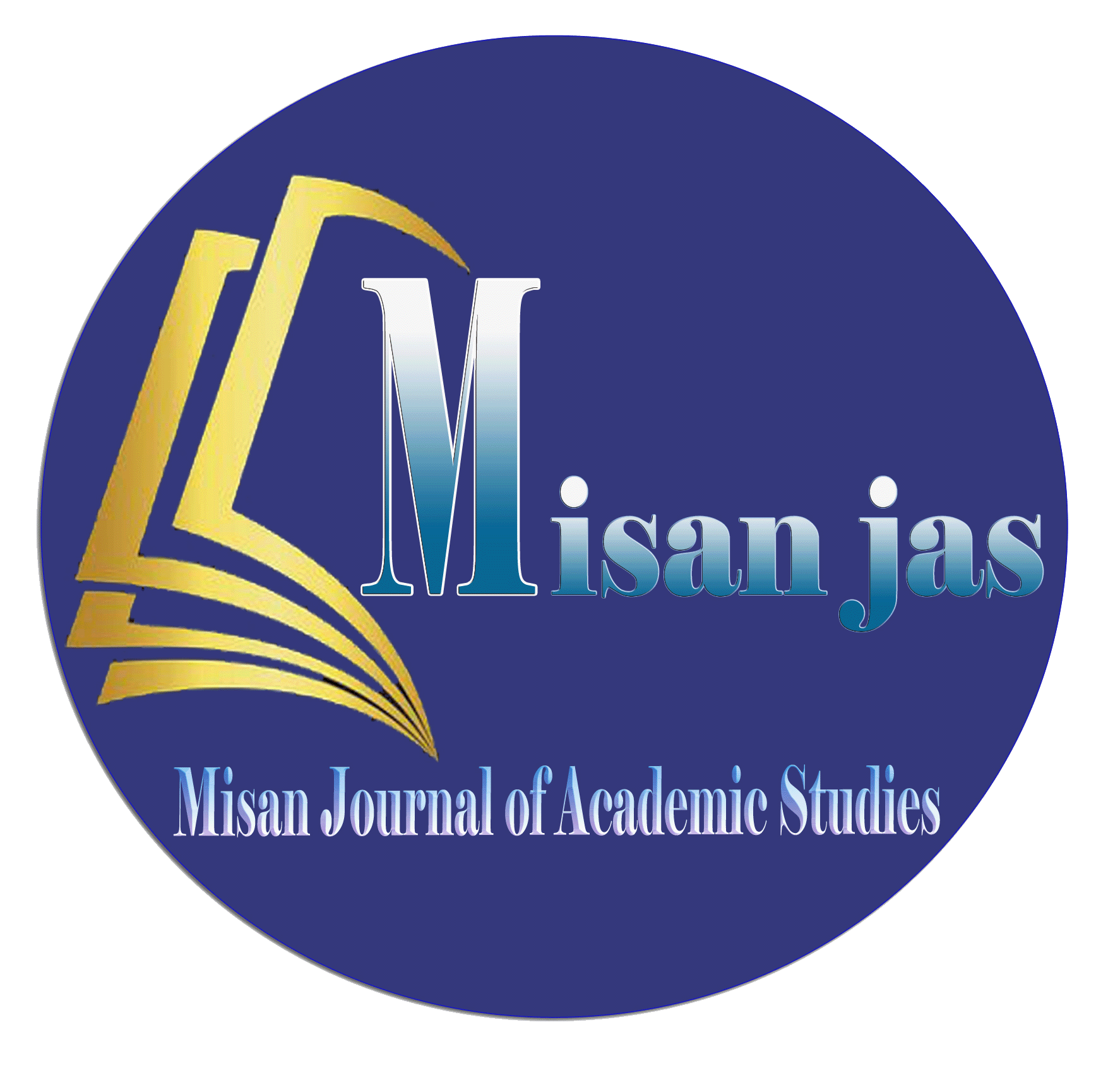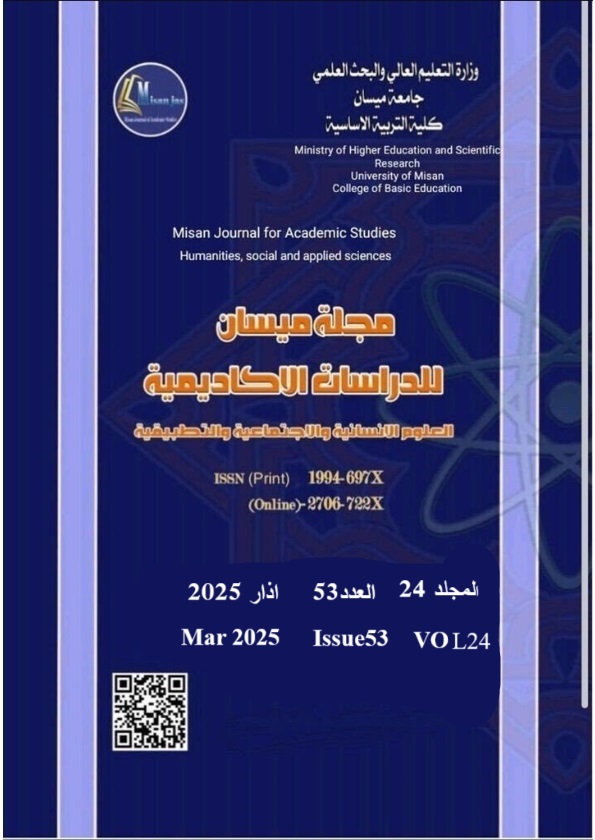Evaluation of galectin-3 and peptidyl arginine deiminase-4 levels in saliva for periodontal health, gingivitis and periodontitis
Abstract
Background: Comparing the saliva levels of galectin-3, peptidylarginine deiminase 4 (PAD4) in individuals with periodontitis and gingivitis and with healthy periodontium was the purpose of this clinical research.
Methods: This study was an observational case-control study which was conducted at Al- Aamiriya Specialized Dental Center and Department of periodontics, College of Dentistry, University of baghdad from August, 2024 to November, 2024.
(84) systemically healthy and non-smoker individuals consisting of periodontitis (group PD/n = 28), gingivitis (group G/n = 28), and periodontally healthy (group H/n = 28) were recruited for this research. Clinical parameters such as probing depth, clinical attachment level, gingival index, plaque index, and bleeding on probing were recorded in periodontal charts. Enzyme-linked immunosorbent assay method was used in evaluating the saliva levels of galectin-3 and PAD4 for study groups.
Results: The saliva galectin-3 total amount was highest in group G3 compared with group G1 and group G2 (p<0.05) and in G2 higher than G1.The saliva PAD-4 total amounts were highest in group G3 compared with group G1 and group G2 (p<0.05) and in G2 higher than G1.
Conclusions: Galectin-3 and PAD4 may be involved in the periodontal disease pathogenesis considering the elevated levels of these molecules in periodontal disease. These biomarkers may be used in the diagnosis of periodontal diseases.
Downloads
Copyright (c) 2025 (Humanities, social and applied sciences) Misan Journal of Academic Studies

This work is licensed under a Creative Commons Attribution-NonCommercial-NoDerivatives 4.0 International License.
The copyright is also the copyright of the magazine only.
All articles published in our magazine are subject to license terms
Creative Commons Attribution(CC BY-NC-ND 4.0) This license permits the content to be reproduced, redistributed and reused in whole or in part for any purpose free of charge, without any permission from the author(s), researcher or student.
Works submitted to Maysan Journal of Academic Studies for publication in the journal (CC BY-NC-ND 4.0) license terms. Where available content can be shared, distributed and replicated provided there is no commercial profit and appropriate credit must be given to the original source through sources or citations. It is mandatory to review any material used from other sources including shapes, tables, and images for re-use under the terms of the Creative Commons License (CC BY-NC-ND 4.0).Provided that there is no modification to the original content



